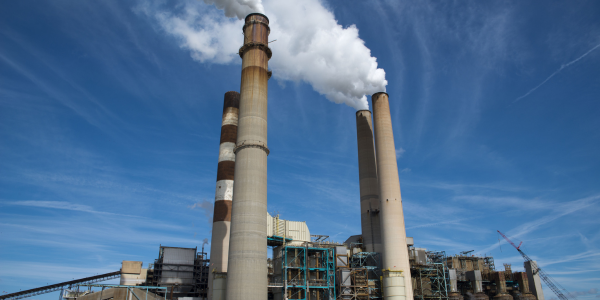With global concerns about climate change and the need to reduce carbon emissions, people are becoming more conscious of their energy use. Fortunately, energy deregulation offers a solution that can help both individuals and businesses to make responsible choices about energy consumption. Energy deregulation refers to the process of opening energy markets to competition by removing or reducing government regulations and monopolistic control over the production, distribution, and pricing of energy. In this comprehensive guide, we will dive deeper into how energy deregulation works and explore its benefits for both consumers and providers.
How Energy Deregulation Works: In a deregulated energy market, the traditional vertically integrated utilities, which handle generation, transmission, and distribution, are often unbundled. This means that businesses can choose their energy suppliers instead of being limited to a single utility provider. Multiple retail energy suppliers can compete to offer a variety of pricing plans, contract terms, and renewable energy options. Businesses can compare and select the supplier that best meets their needs. This competition drives innovation and can lead to lower energy prices for consumers.
Benefits for Consumers: Energy deregulation provides consumers with more options and flexibility in selecting their energy sources. It can help customers save money and improve the reliability of the energy supply. With multiple suppliers to choose from, customers can take advantage of competitive pricing, special incentives, and customized energy plans. Deregulation also encourages the development of renewable energy sources, which can help customers reduce their carbon footprint and contribute to a more sustainable future.
Benefits for Providers: Deregulation helps to foster innovation and competition in the energy sector. Providers can offer more diverse products and services, such as renewable energy sources, energy efficiency audits, and demand response programs. This enables providers to differentiate themselves from competitors and build stronger customer relationships. Deregulation also provides a level playing field for new providers to enter the market and compete with established players.
Wholesale Market: Deregulation usually introduces a wholesale market where electricity or gas producers can sell their energy to retail suppliers. This market fosters competition and encourages generators to offer competitive prices and innovative products. Generators can sell energy directly to customers, enter long-term contracts with retail suppliers or sell it to other generators. This provides greater flexibility for producers, which can help to reduce costs and improve profits.
Transmission and Distribution: The transmission and distribution of electricity or gas typically remain regulated or operate under independent system operators (ISOs). These entities ensure the reliable and efficient delivery of energy across the grid, maintaining grid stability and facilitating the flow of energy from various sources. The ISOs are responsible for ensuring grid reliability, managing congestion, and maintaining system balance. They also administer the wholesale market and handle the scheduling and dispatch of generation resources.
Energy deregulation is a complex but prominent issue that has the potential to benefit both consumers and providers. By opening energy markets to competition, businesses can choose their energy suppliers, encourage competition among providers and provide consumers with more options and flexibility in selecting their energy sources. Deregulation also fosters innovation and competition in the energy sector, leading to more diverse and sustainable energy options. Energy deregulation can contribute to a cleaner, more sustainable energy future.
